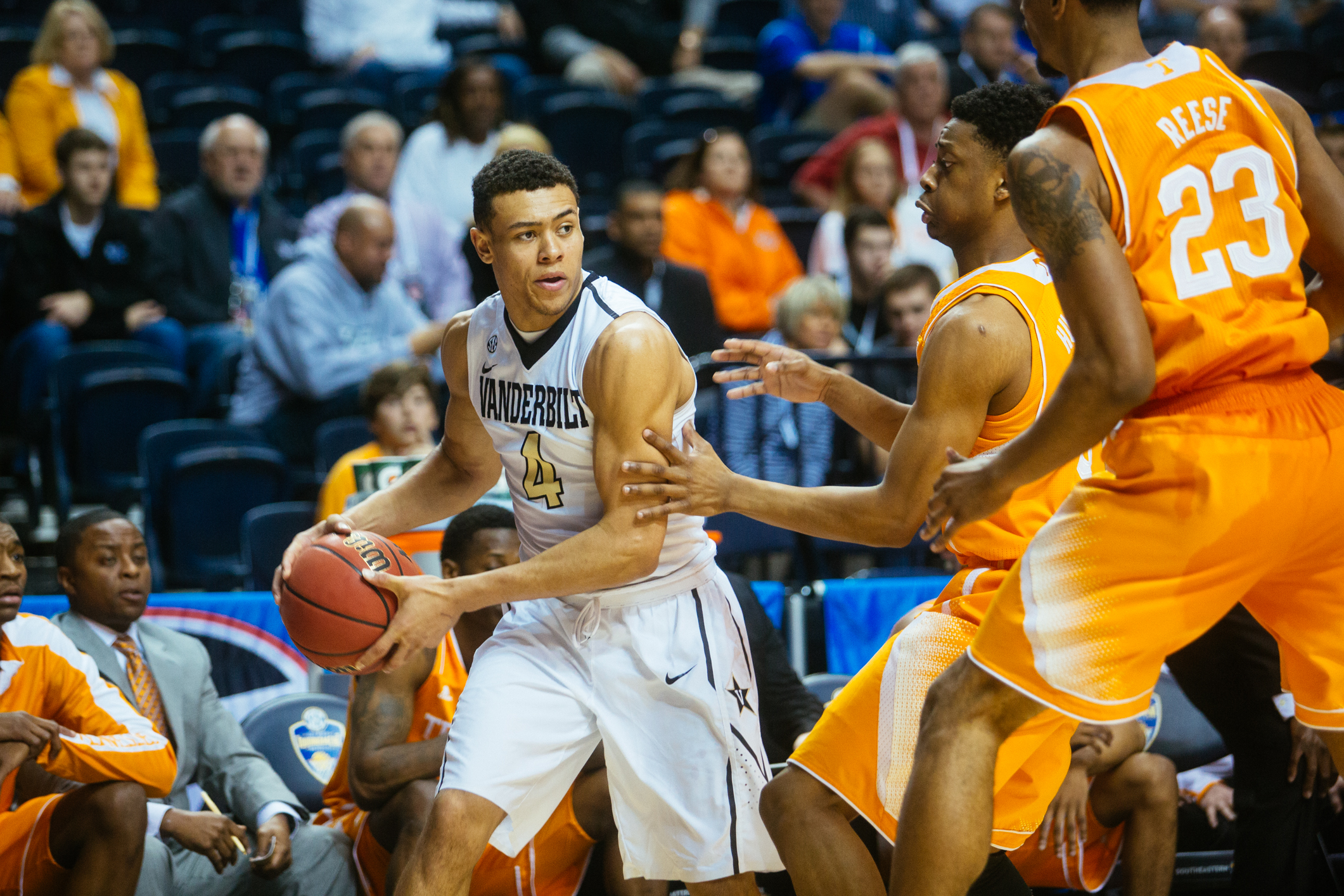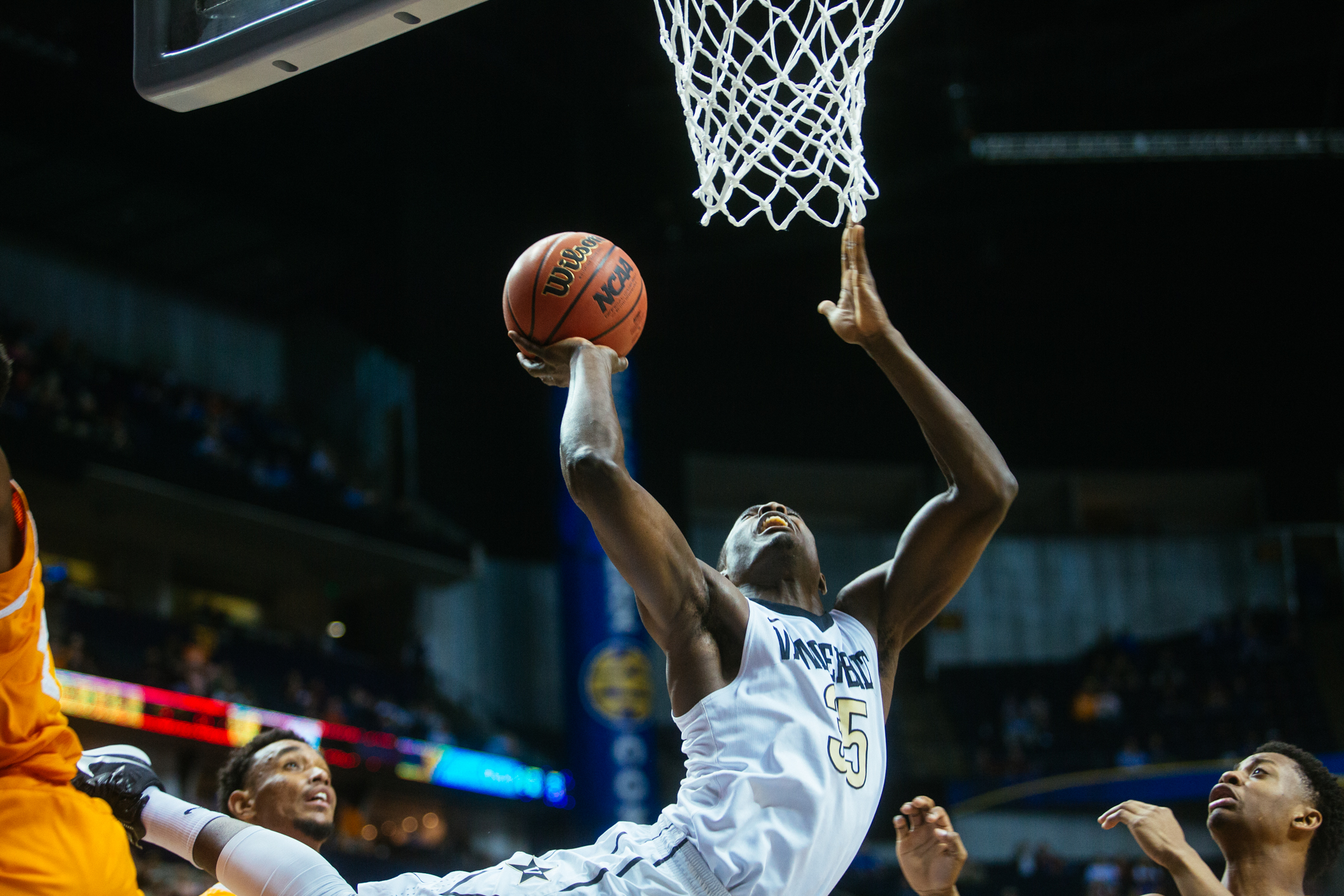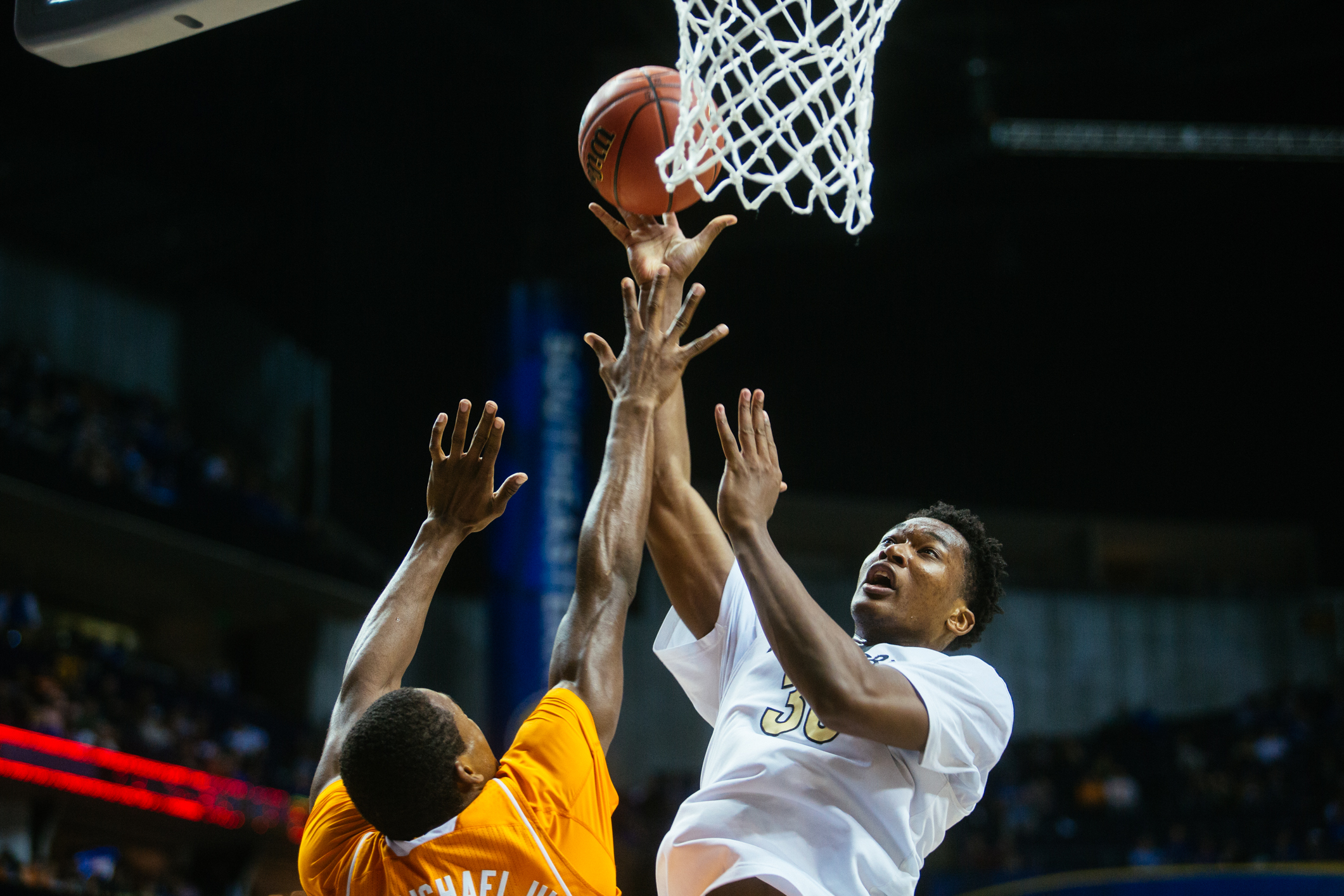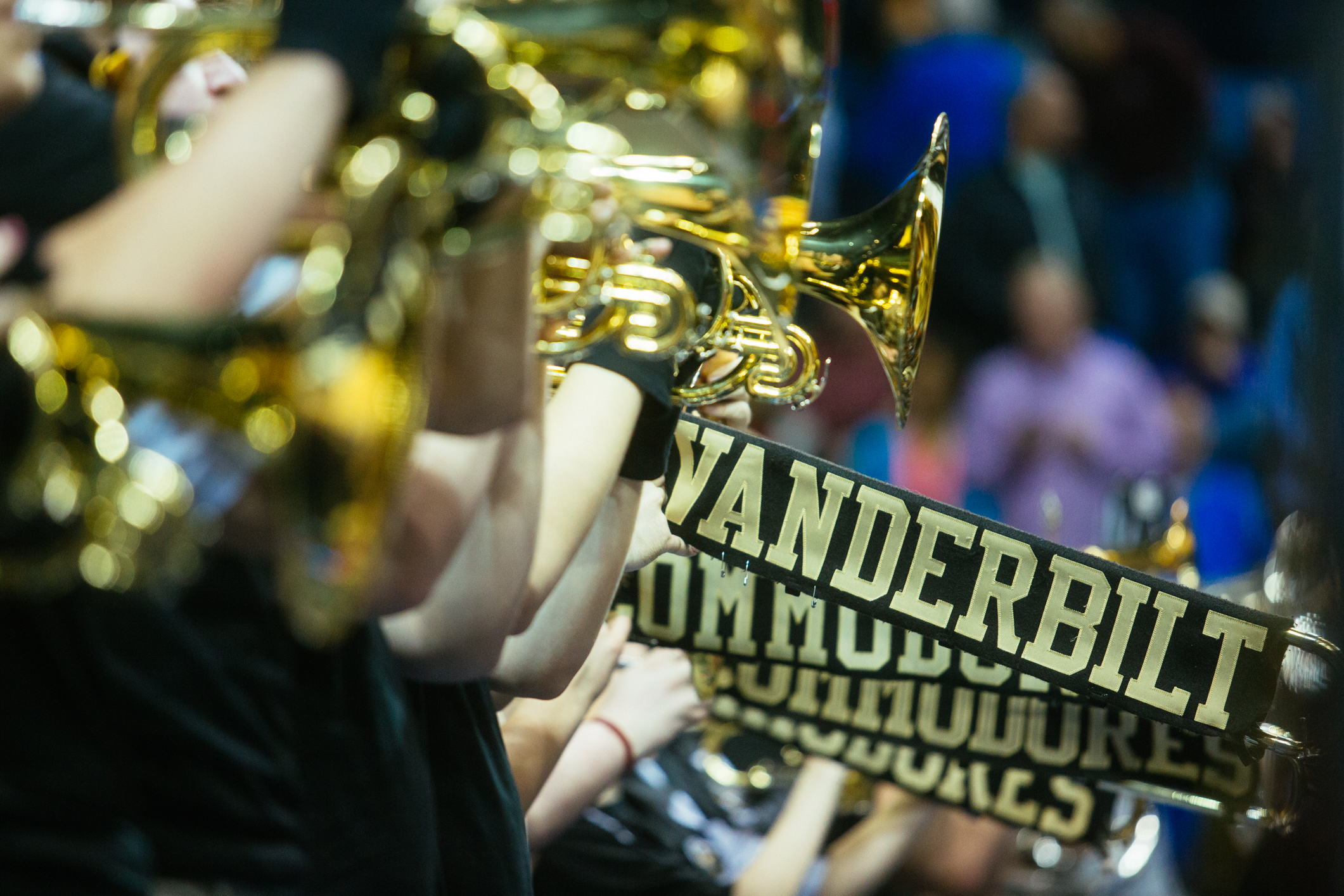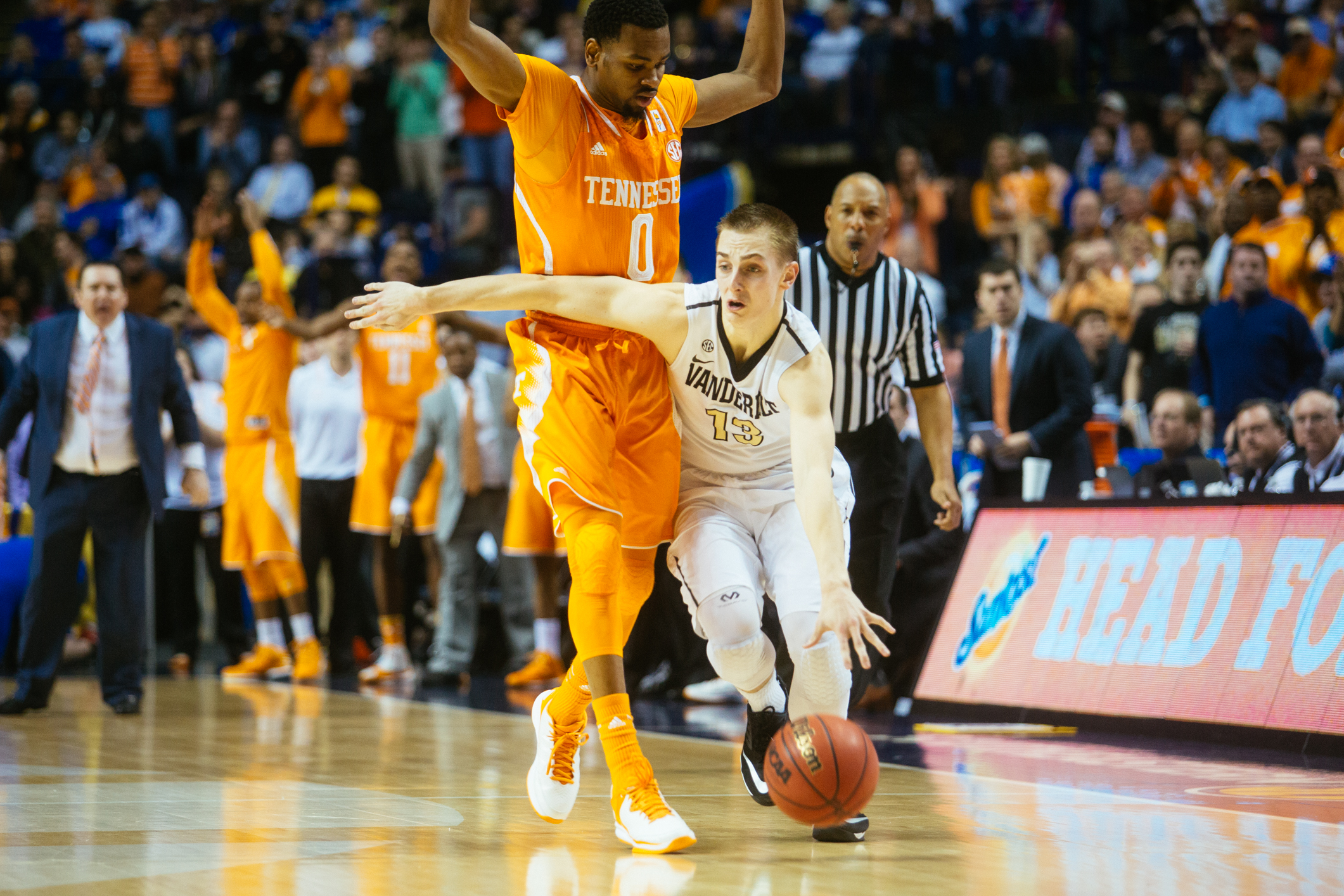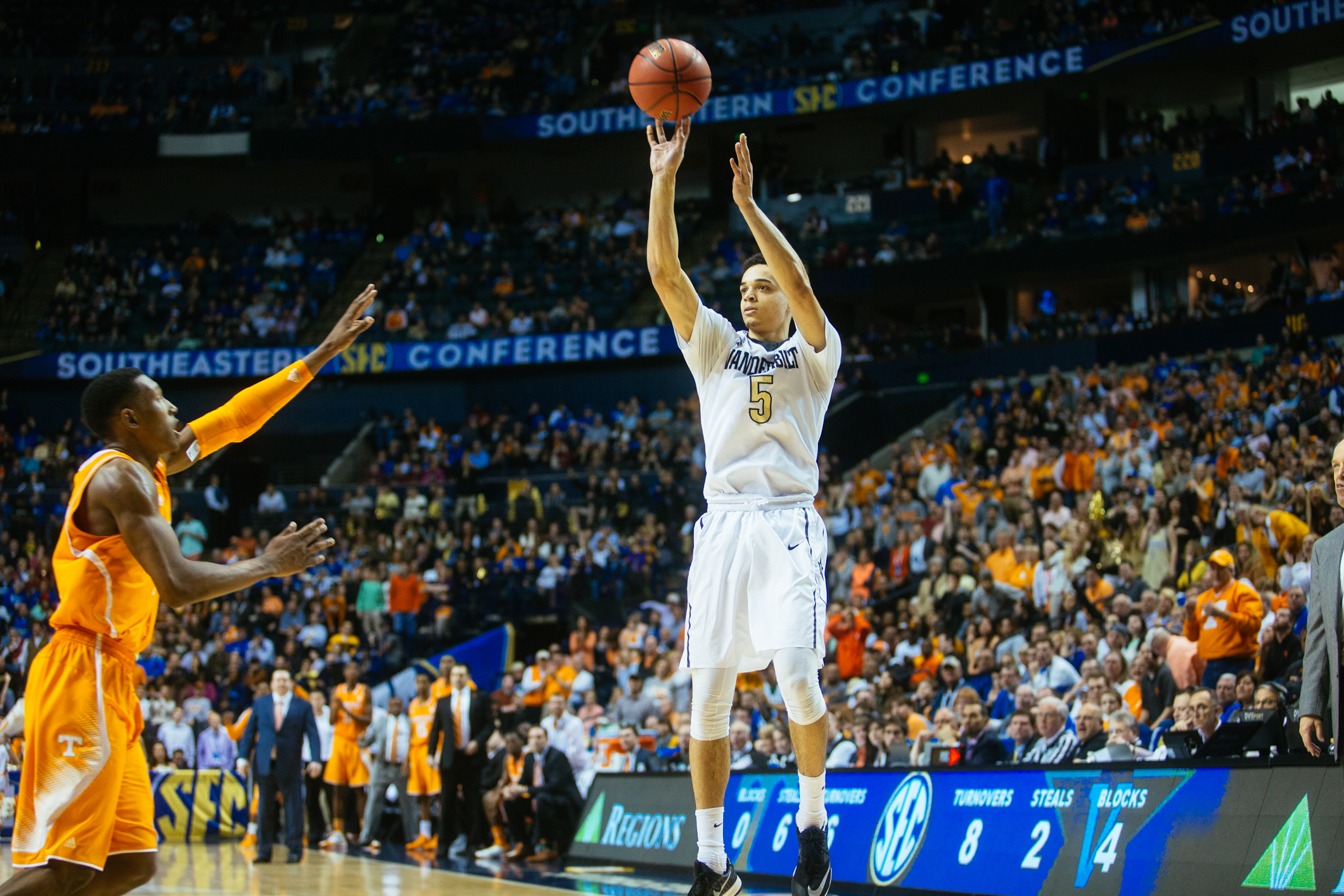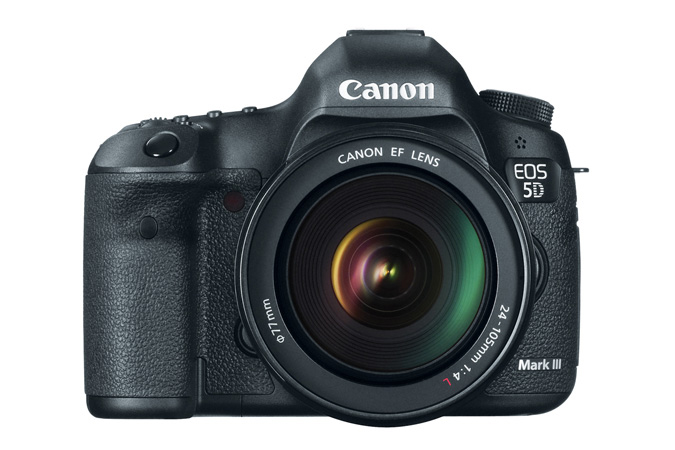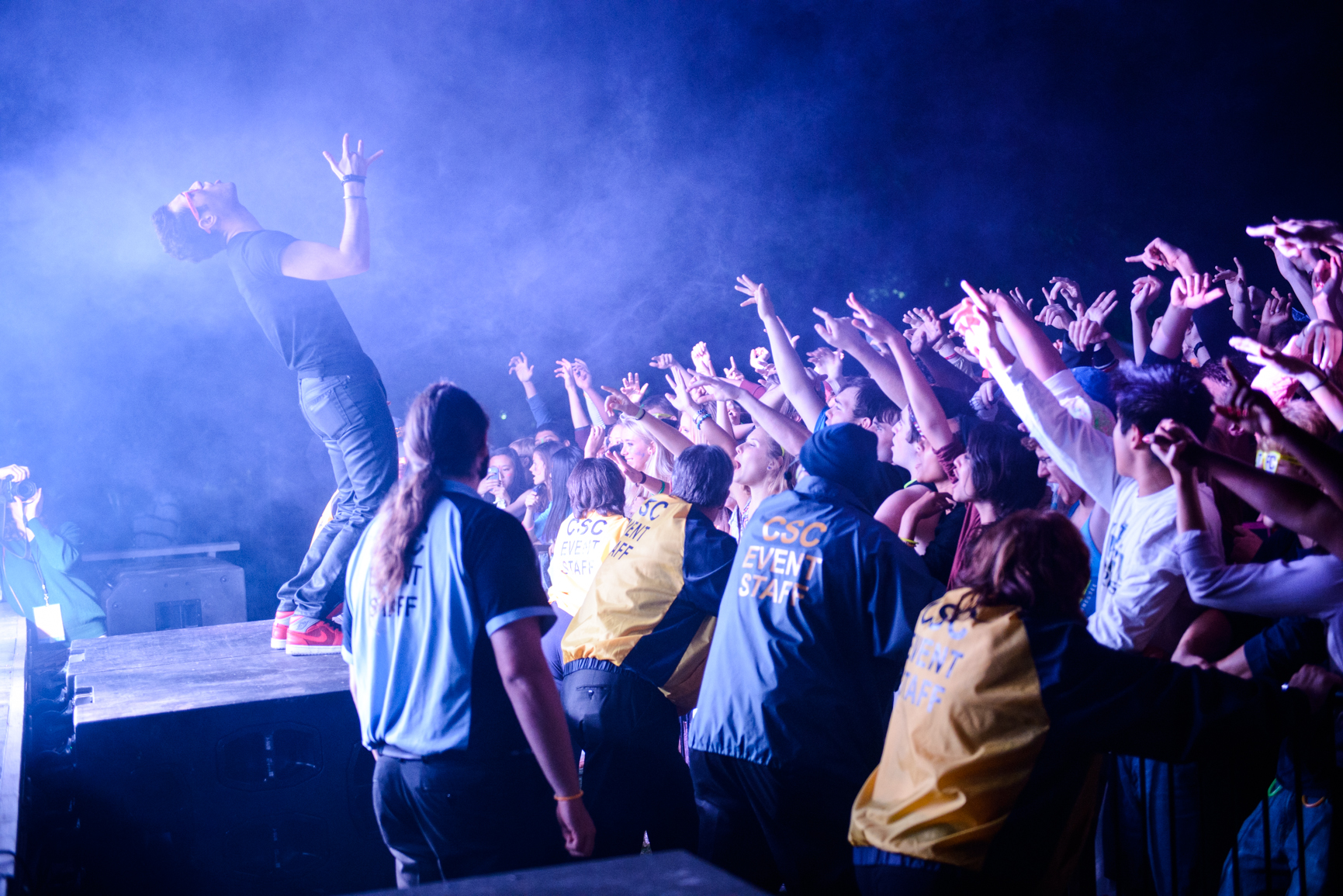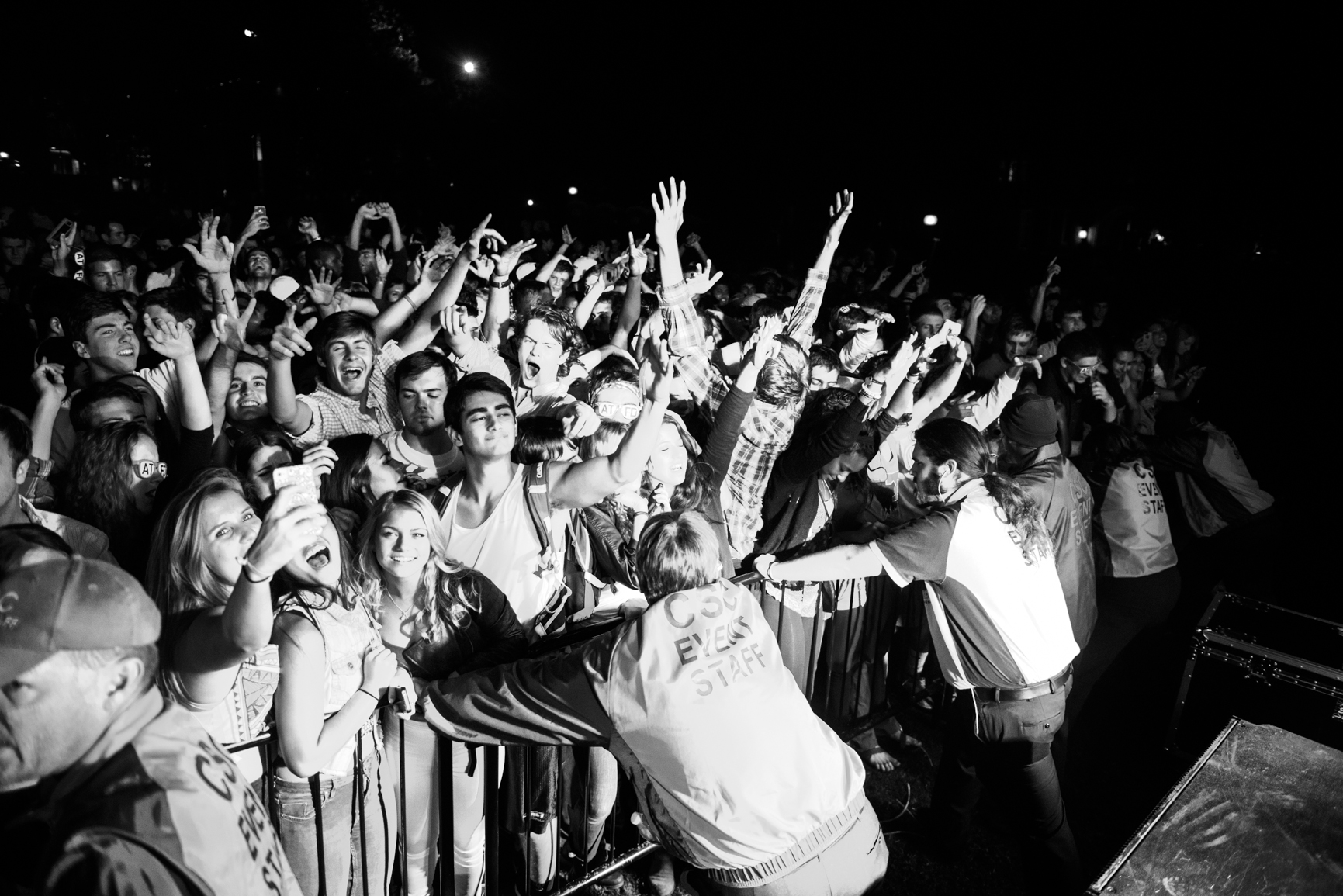So, this is me starting out in the photography gear review sector and, although I do not have a D610 or a D600 for that matter, I am going to start writing reviews for new and current Nikon and Canon products in the future.
Nikon announced the D610, the supposed "replacement" or "fix for the D600 which they announced 13 months ago almost to the day. This model apparently fixes the oil problem that has caused many people to experience oil spots on the sensors of their D600's. From what I have read about "Oil-gate," most people could not tell that they had an issue unless they overlaid a dozen or photos shot at f/22 on top of one another. Regardless of the existence of the problem in real life shooting conditions, Nikon did very slightly (and I mean VERY SLIGHTLY) up the specs on the newer D6xx model.
Lets start with the frame rate. Nikon claims to have improved the frame rate from 5.5 to 6 frames per second with the new shutter and mechanism found in the D610. Honestly, this really does not make a difference unless you are shooting continuously for 10 seconds or so. Even then, you are only getting 5 more frames off in the same amount of time. I currently shoot with the D800 and am reasonably satisfied with it for the wide variety of shooting that I do in regards to ISO performance, image quality, focus accuracy, and frame rate. However, the main issue that I saw and still see with the "entry level" full frame offering that Nikon has just re-announced is the focusing system. All of the points are clumped together in the center of the frame and only 9 cross type points. In a majority of the situations that I shoot in, that will simply not cut it (See Concerts). Why they decided to skimp on the autofocus system in the D600 and D610 baffles me but its their decision, not mine.
The next "enhancement" of the D610 is the white balance system. This is honestly a VERY useless feature to anyone with the common sense to shoot RAW. Without getting into the RAW vs. JPEG debate, shooting RAW renders any "white balance system" virtually useless because it can be fixed once importing the photos onto the computer for editing. Sure while having an accurate white balance for the photo when shot removes a little bit of time from the editing process, the end truth is that the white balance system improvements are more of a marketing ploy than anything else.
The only real improvement that the D610 has over the D600 is a continuous quiet mode. If the quiet mode on the D610 is anything like the quiet mode on the D7000 or D800, it really is not that quiet at all. Now Nikon gives you 3 frames per second in a quiet mode, which I am interested in seeing in action just because they have not put the feature in any other model that they offer.
Before I bought my D800, I seriously considered the D600 but decided that the various shortcomings of the D600 were significant enough to justify the extra expense. The most important factor in this decision for me was the autofocus system which I viewed as sub par on the D600 when compared to the system that the D800 offers. From experience, the D800 only struggles in the darkest of dark situations (Like the NEEDTOBREATHE concert that I shot last night) but otherwise is fairly spot on. The 36 megapixel certainly magnifies any errors in autofocusing but all-in-all I am pretty satisfied with the results that I have gotten from the D800 (although look out for a hands on 5D Mark III review in the near future. I have realized that it may be a better fit for what I shoot the most although it pains me to say so).
